In the local dialect, the place where wheat is cultivated is called mangwa. On Mangwa hill, there are two villages—Chhota Mangwa and Bara Mangwa— where the locals have opened their houses to tired city-goers and mountain lovers.
CHHOTA MANGWA, WEST BENGAL / INDIA
In Chhota Mangwa, the silence is like a balm. Though it isn’t even close to midnight, in this little hamlet above the raging Teesta, the day is done. A few feeble lights shine through windows. Rain clouds cover the sky; not a star to be seen but here on land, in the abundance of bushes and trees, thousands of fireflies flicker with wild abandon. The world before me is a magical fantasyland. So startlingly primitive, it is almost untrue in this age of sooty cities, concrete, and over-tourism.

In the local dialect, the place where wheat is cultivated is called mangwa. On Mangwa hill, there are two villages—Chhota Mangwa and Bara Mangwa— where the locals have opened their houses to tired city-goers and mountain lovers. Eco-tourism has become a source of livelihood here as it has in other parts of the Darjeeling Himalayas but in a classic case of cash crops replacing food crops, orange plantations have taken over the wheat fields. The 180-200 families who live scattered around Mangwa hill cultivate oranges, a variety of limes and lemons, litchis, ginger, garlic, spring onions, chilli peppers, and cardamom. The wayside is crowded with squash vines, wildflowers, and bushes yielding a wild berry named lopsi. From the houses, the fields, the roads that scramble up the mountainside through forests of pine, the views are breath-taking: the Teesta roars towards the plains, and on the mountain on the other side shines the bright lights of Kalimpong. On a clear day, you can see the gilded crown of the Khangchendzonga from here and even the grand Kirteshwara Shiva statue of Namchi.

How to Reach Chhota Mangwa
Chhota Mangwa is located in the mountains above Teesta Bazaar, a little over 60 km, 3 hrs from Siliguri. If you are starting from New Jalpaiguri Railway Station or Bagdogra Airport, booking a cab is the best option as shared taxis on this route are irregular and not dependable. It would be wise to ask your homestay hosts to arrange a pick-up for you. Reserved cars can cost you anywhere between INR 2250 and INR 3000 INR depending on the vehicle. The drive will take you through the dense Mahananda Wild Life Sanctuary and through Sevoke. From Teesta Bazaar, the road turns left and a series of sharp turns bring you to Bara Mangwa. Chhota Mangwa is 10 km from here.
If you are coming in from Darjeeling, take the Ghoom – JoreBungalow – Takdah – Tinchuley route to Chota Mangwa. Reserved cabs are around INR 2000 and it takes around 2 hrs to cover the 30 km distance. Chhota Mangwa is also accessible from Pelling via Jorethang and from Gangtok.

When to Visit Chhota Mangwa
Summer, unsurprisingly, is peak-time in Chhota Mangwa. The weather is usually pleasant but this year, it was hot and humid with day time temperatures shooting up to 30°C. The hills in the Darjeeling Himalayas are especially crowded during school holidays.
If you want to taste plump, juicy oranges, come in winter. In the months of December to January, the hillside is dotted with trees full of ripe oranges. The air smells sweet and citrusy and you can go orange picking in the farms for a small fee. The oranges from Bara Mangwa are slightly bigger and sweeter than those from Chhota Mangwa because the latter is located at a higher altitude.
From October to December, the weather is mild and the skies are clear and you can witness the glorious Khangchendzonga peak. However, it can get crowded during Durga Puja.
Avoid the monsoons as roadblocks and landslides are common.
Also read: Read our experience of visiting Chhota Mangwa on Chhota Mangwa Field Notes.

Things to Do in Chhota Mangwa
Experience the Local Life
Walk around the village at leisure and talk to the locals. You’ll find that they are very friendly and willing to share their stories with you. Lend a helping hand in the fields, play a game of cricket with the kids, or learn to make momos with your homestay host. Unlike in more touristy areas, here in Chhota Mangwa, your hosts will embrace you as part of the family. It is a testament to the fact that this region, this little-known corner of the mountains, still carries that raw essence of life.


Hike around Chhota Mangwa
There are two short but difficult trails in Chhota Mangwa. One will take you to Takling Village where you can spend some time meditating at the Dupkhang Choi Khorling Monastery while the other will take you to Love Dara, a viewpoint overlooking the Teesta between the Mangwa and Kalimpong Hills. The latter is so named because local couples used to come here to spend some time in secret. Be warned that both trails are steep and vertigo-inducing; you might find yourself scrambling on your hands and knees at points. Guides are not needed but we recommend you hire someone to accompany you. The trails wind through thick forests where you can spot a variety of birds and butterflies. Spectacular views all along the way!
Also read: If you are enamoured of lovely blooms, go Trekking in the Barsey Rhododendron Sanctuary in spring when dollops of pink and red rhododendrons colour the forests.

Visit the Orange Orchards
If you visit in the fall or in winter, you can smell the deliciously citrus scent of oranges from every nook and corner of the village. There are orange orchards all around the village! Go for a walk in one of them to bath in the fruity scent and of course, to collect any fallen fruit! Picking fruits from the trees is usually not allowed; please enquire beforehand.
Go on a Day Trip
There are plenty of options for a day trip from Chota Mangwa. Go to Takdah to visit the Runglu Rungliot Tea Garden or to Tinchuley or to Peshok. If your heart is craving a bit of cacophony, head over to Darjeeling and enjoy a joy ride on the toy-train and a meal at Kunga or at Glenary’s. If it’s a Saturday, go to Kalimpong to visit the weekly market and fill your bags with smoked sausages, local cheese, fiddle-head ferns, and exotic pickles.
Try Rafting in the Teesta
For the adventurous daredevil, there’s rafting on the Teesta! Hire a cab and head down to Teesta Bazaar where you can find multiple companies offering rafting rides. Enquire about their safety equipment before going for the ride.
Also read: Is your next stop Darjeeling? Read A Nostalgist’s Guide to Eating in Darjeeling for a guide to dining in this town of memories and nostalgia.

Where to Stay in Chhota Mangwa
Blossom Eco-Tourism Complex
Blossom Eco-Tourism Complex is a part of an eco-tourism campaign spearheaded by M. K. Pradhan. It is a professionally maintained complex and runs entirely on solar energy. The bungalows and gardens are so pretty that the complex has become a tourist spot. There are many vantage points inside the complex from where you can get uninterrupted views of shimmering Kanchendzongha and the Teesta valley. To witness a brilliant sunrise, come here at dawn.
Blossom oozes quiet simplicity and an earnest sophistication. It embraces the beauty it has been naturally endowed with and presents a desirable and quiet laze-away venue. The place has many rooms and cottages and depending on the specification, the tariff ranges from INR 1500 to INR 4000 per night. Food costs are separate, on average INR 500-600 per person per day.

Glorious Homestay
This is where I stayed and is one of the handfuls of very basic homestays that you could find in Chhota Mangwa. In fact, I was their very first guest! While this might not be as pretty or as guest-ready as Blossom, the hosts made me feel like a part of the family. In terms of warmth and hospitality, Glorious Homestay is the best place to stay in Chhota Mangwa. They have two double bedrooms which can accommodate three people each. Attached western-style bathrooms were something I did not expect to find here and was surprised to find that amenity! The tariff is INR 1000 per day per head and includes both food and lodging.
Glorious Homestay is run by Mr. Binod Xhetri and his wife Purnima. Binod was happy to show me around the property and Purnima treated me to some delicious meals. Their son, Shushn, accompanied me on walks and spoke in detail about their life and worldview. The youngest, Dipshn, was just happy to tag around! If asked, I will recommend you give Blossom a miss and give Binod a call.

What to Eat and Drink in Chhota Mangwa
Everything on your plate in Chhota Mangwa is local and organic. The produce is grown in fields around the village, chicken is raised locally, eggs are range-free, and the rice and lentils are bought from local farmers around Kalimpong. It’s easy to be vegetarian, even vegan, here because there’s such a wide range of vegetables and fruits available.
Enjoy Farm-to-Table Meals
In Chhota Mangwa, locals have never heard of the farm-to-table philosophy but they practise it every day! I had requested Binod for pakoras (fritters) with tea. He promptly went into the garden, plucked a clutch of onion scapes, and in half an hour a plate of delicious pakoras was served. Likewise, in the afternoon, a fresh harvest of broad beans was lightly sauteed to be served with lunch. Even the chicken is procured fresh from the farm. It is a powerful experience to see where the food on your plate comes from, and in the few days that I spent with Binod’s family, my respect for the grower, the farmer increased manifold.



Try Indigenous Produce & Local Dishes
On my first day at Chhota Mangwa, I was presented with pickled lopsi, a berry that grows wild in the mountains of West Bengal and Sikkim and is a local delicacy. It tasted delightful: pleasantly tart with a hint of bitterness. Kind of an amra, a hog plum, but different. I also tried the local beans which were fatter and juicier than the ones I’m used to. Purnima’s soya momos were some of the tastiest morsels I’ve ever put into my mouth! Fiddlehead ferns are widely popular in Nepalese communities; try them lightly sauteed or in dry curries. If you visit in the fall, you might be able to forage for wild mushrooms.
Eat a Desi Chicken Curry
Not as plump as the broiler chicken, but a thousand times tastier is the desi chicken, the term for free-range chicken in India. It is more fibrous but more flavourful and it’s a delight to suck the marrows! The chickens are raised on a local farm and Purnima makes them into a curry with freshly ground spices. I bet it can make your mouth water from a mile!



One time a lady from another part of the village was called to help with a certain dish. Purnima said that her recipe was the tastiest. I remember that in the early 1990s, my grandmother would be called in the homes of other villages to help and/or oversee the naru (sweets made with grated coconut, ghee, milk, and sugar) making process because everybody reckoned that she made the tastiest narus. That such familial ties within a community could exist to this day was a surprising revelation and it made me very happy.
Note that alcohol may not be available here. It’s best to bring your own liquor.

Responsible Travel in India: Chhota Mangwa
Trust us, it’s not hard!
- Don’t make unwarranted noises because it can frighten the wildlife.
- Don’t flash bright lights for it might confuse birds and fireflies. There is little to no light pollution here and it’d be great if we could keep it that way.
- Don’t litter. It’s a fragile ecosystem that is at threat from increased human interference. The best we can do is travel responsibly.
- Don’t feed the wildlife. It has been widely observed that when humans start feeding wild animals, they stop hunting for sustenance, thus upsetting their natural lifestyle. Plus, they really don’t need all the processed junk we call food.
- Use refillable water bottles. Your hosts will be happy to fill up your bottles. Saying no to generating plastic waste is the need of the hour.
- Go in the off-season when there are fewer tourists and the locals could do with a little more income.
- Please ask residents before picking fruits. Most of the fruit trees are on private land.
- Ask before taking photos of locals. Not everyone enjoys having a lens shoved into their faces.
- Be respectful of your hosts.
Darjeeling has emerged as a victim of over-tourism. Kalimpong, Gangtok, and Pelling are well on their way to doom. Congestion, pollution, and a mounting water crisis have wiped off their appeal. The economy in these hills is dependent on tourism but irresponsible, unsustainable tourism will lead to the destruction of the ecology and hamper local lifestyles. These little eco-tourism destinations, like Chhota Mangwa, that have popped up on the map in the past few years can only continue to be the havens of solitude they are if we travel responsibly. Give it some thought the next time you are sipping a cup of amber Darjeeling tea.


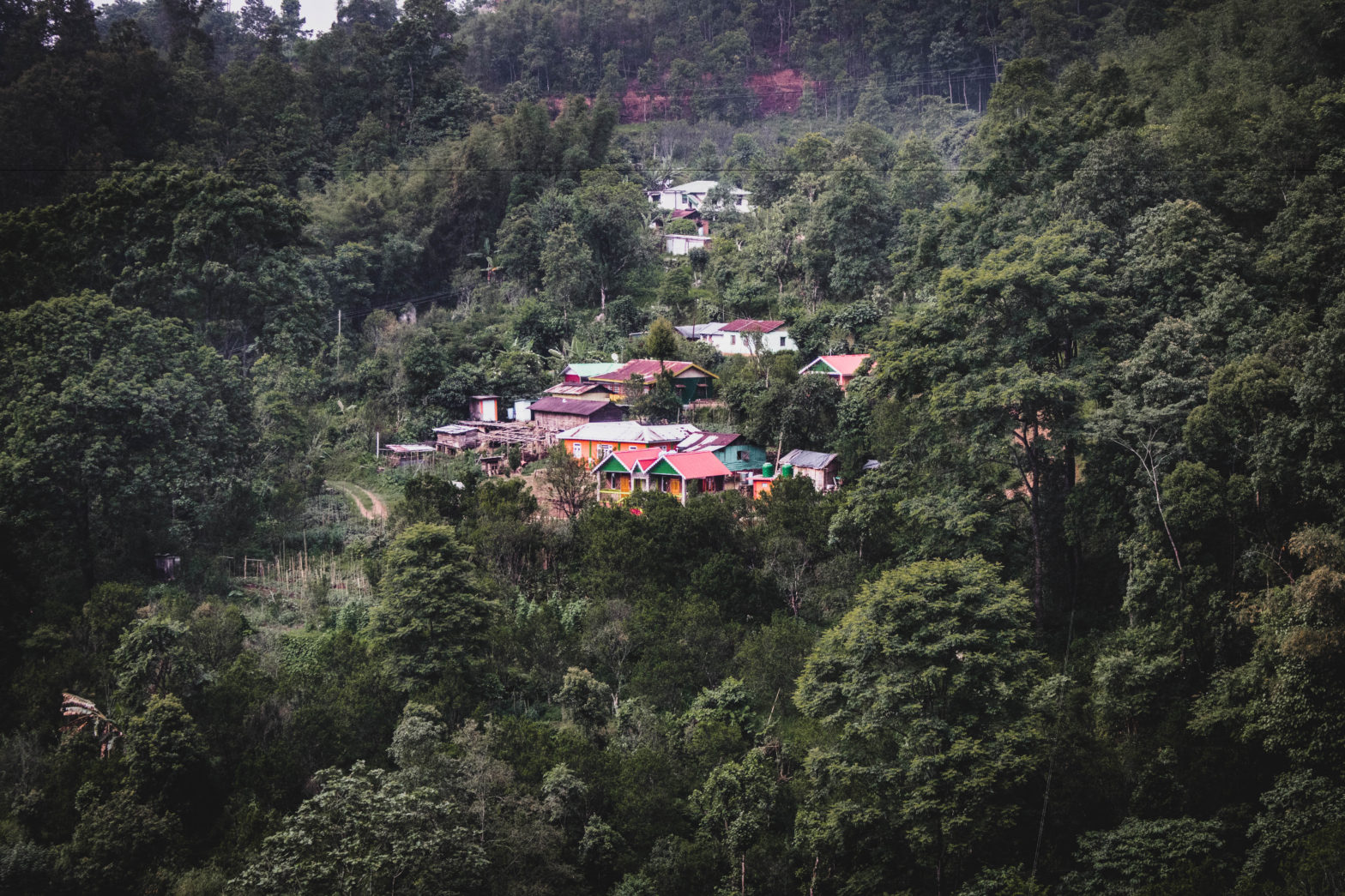
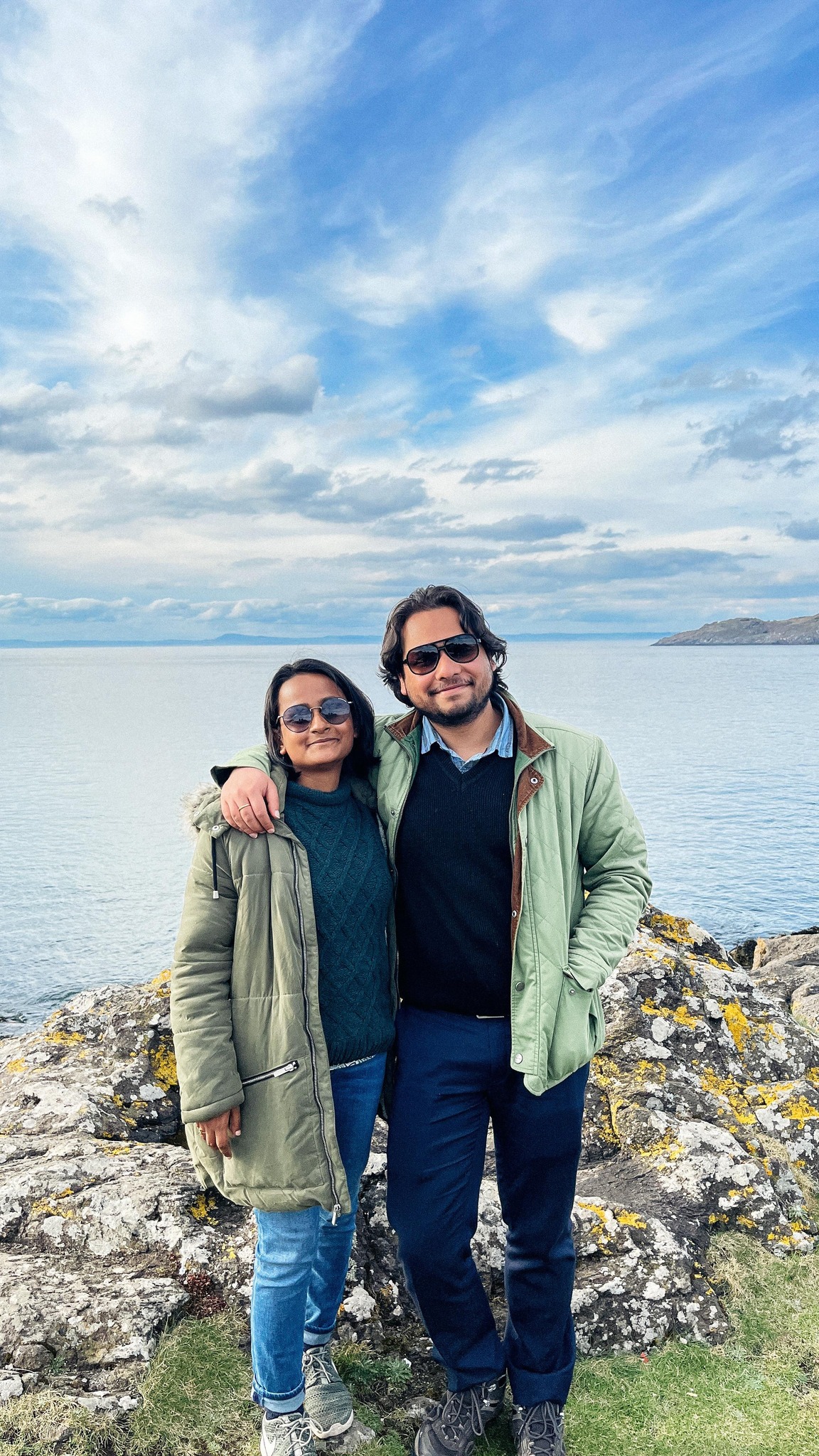
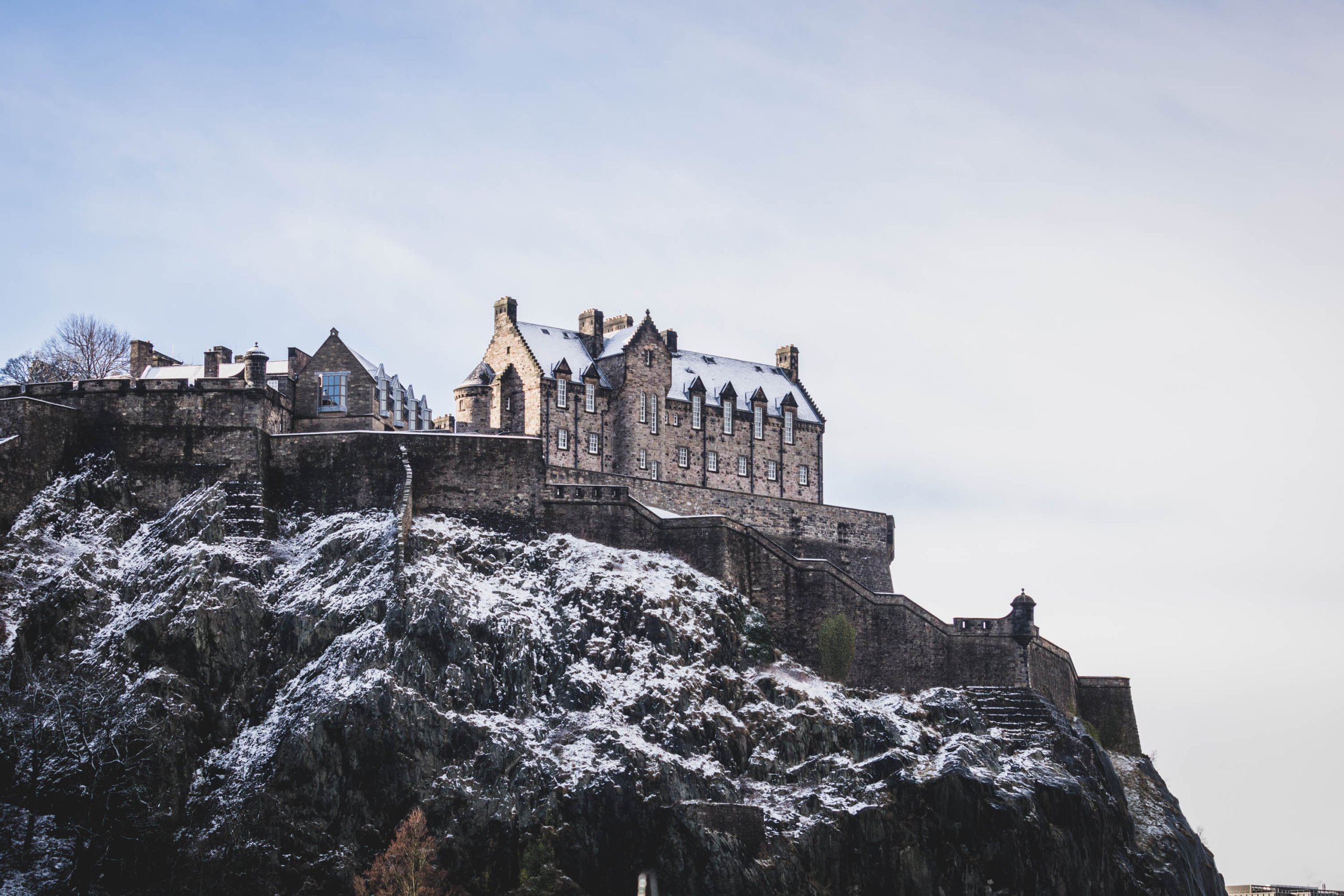
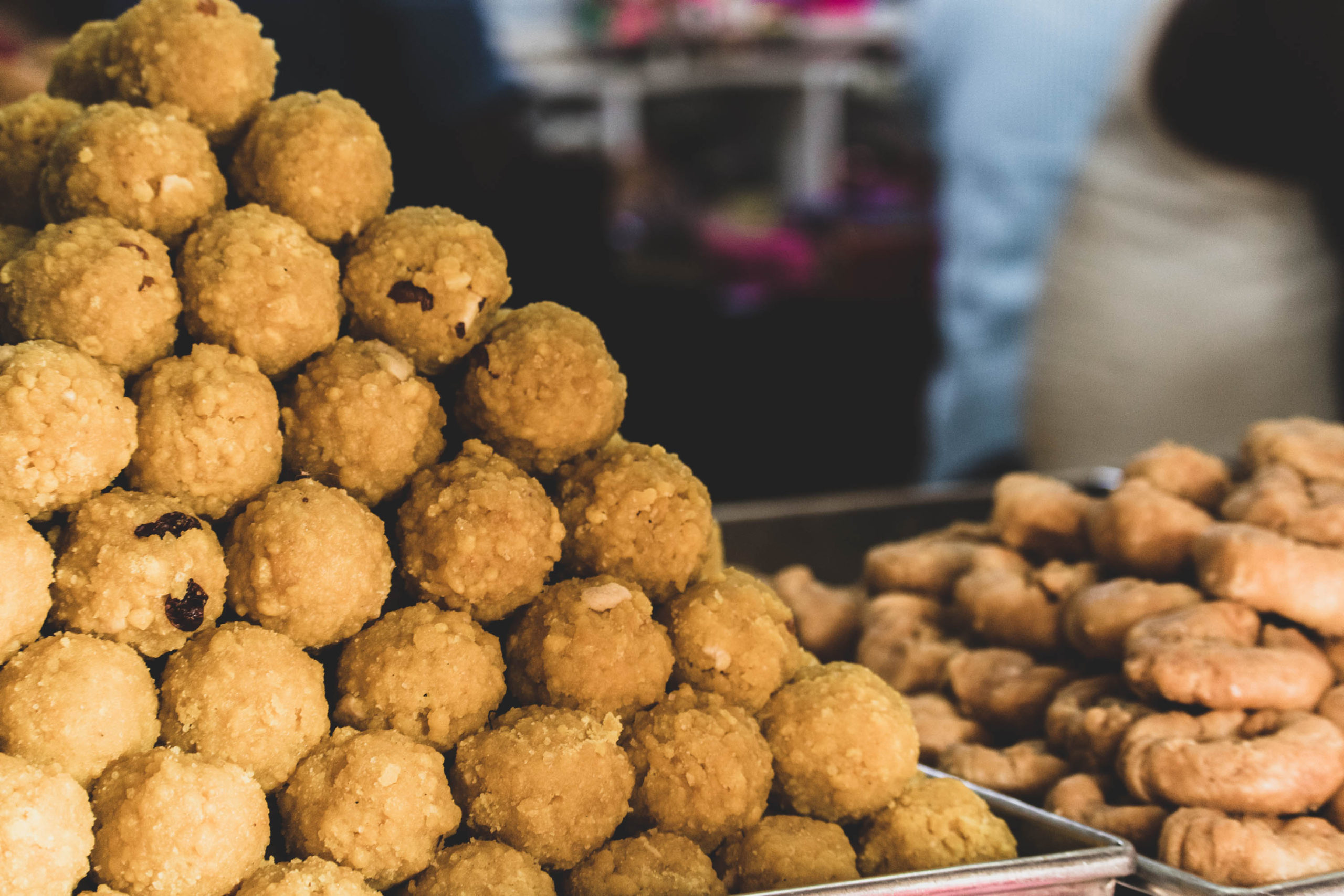

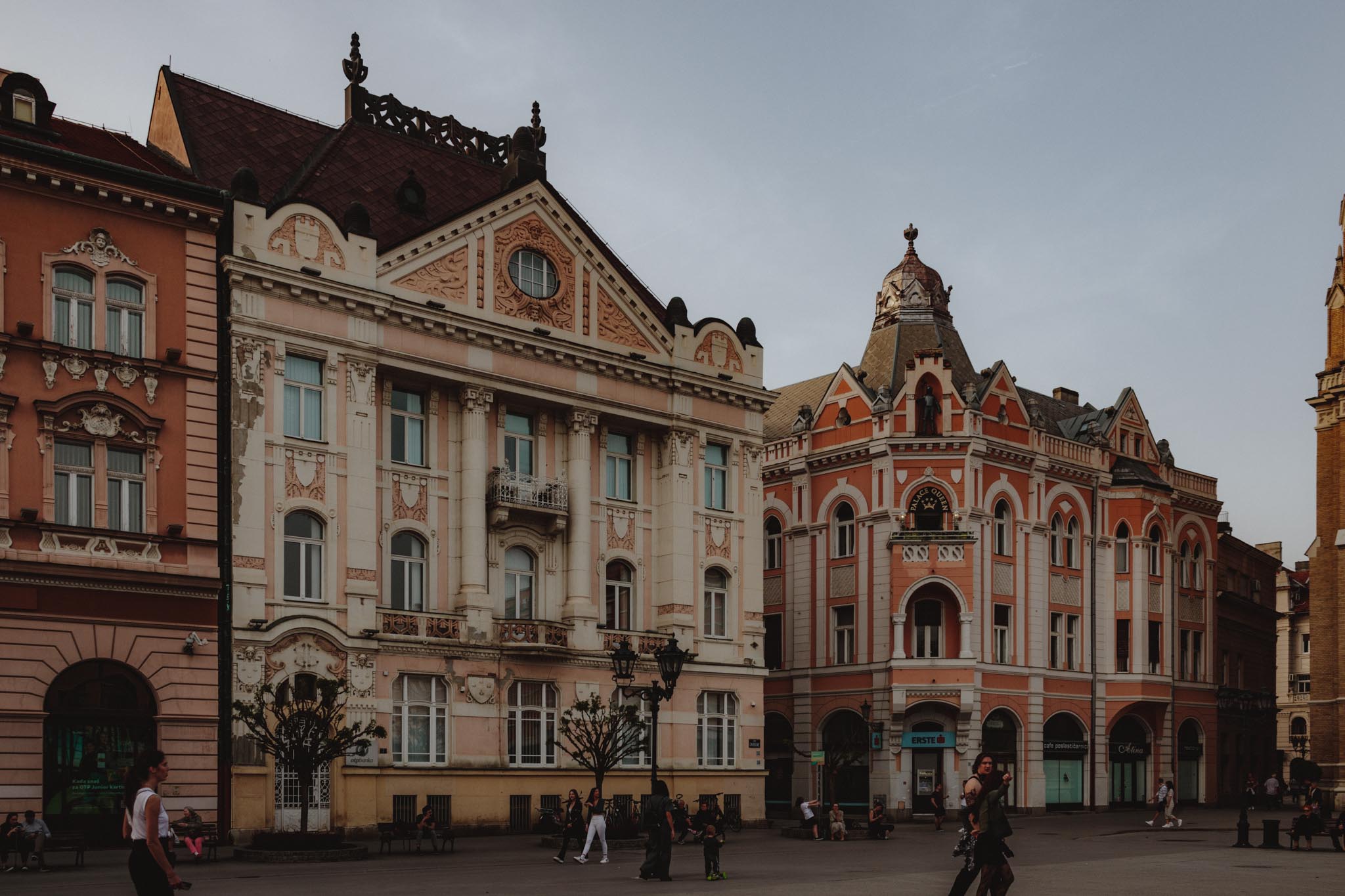
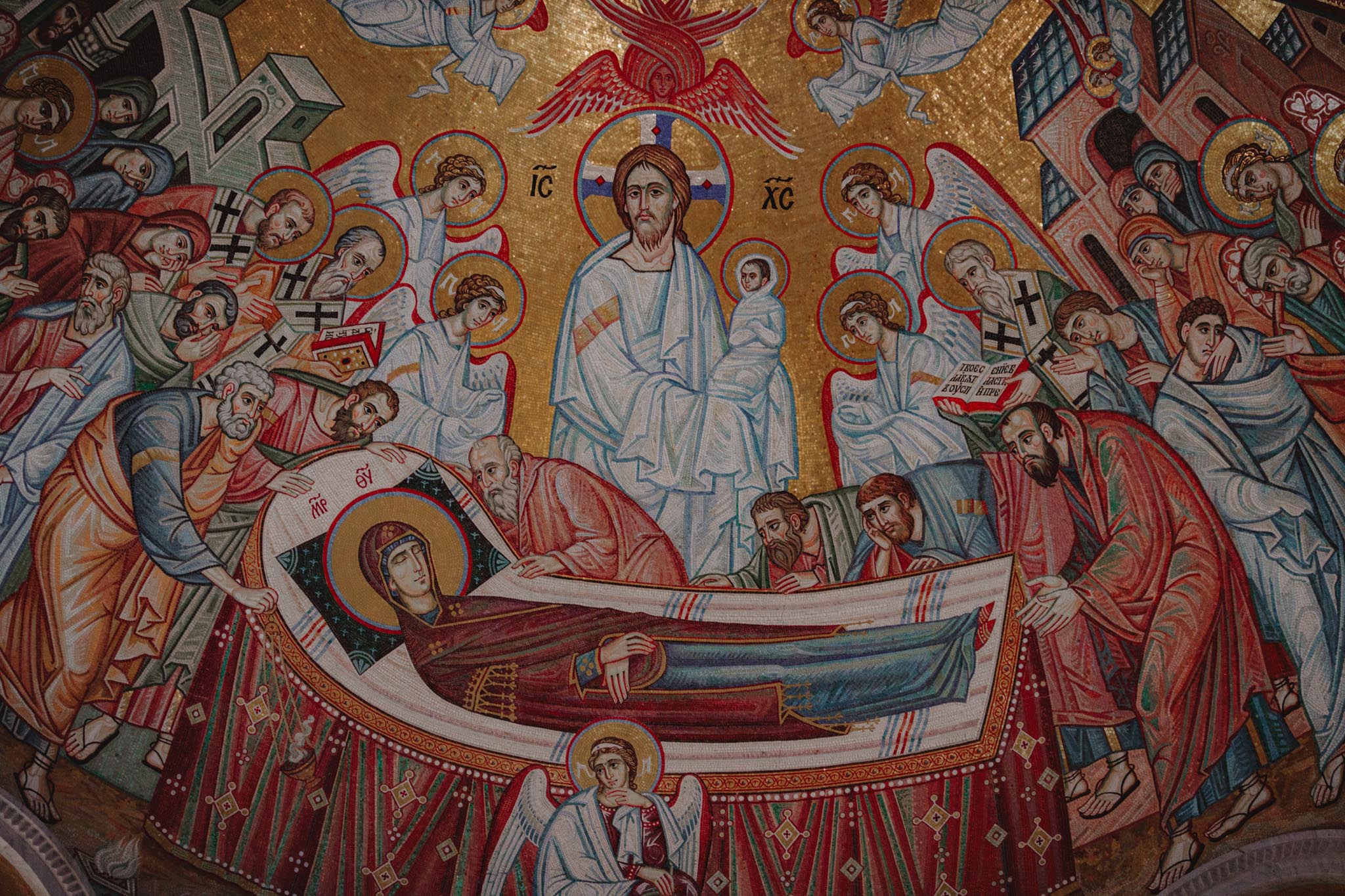
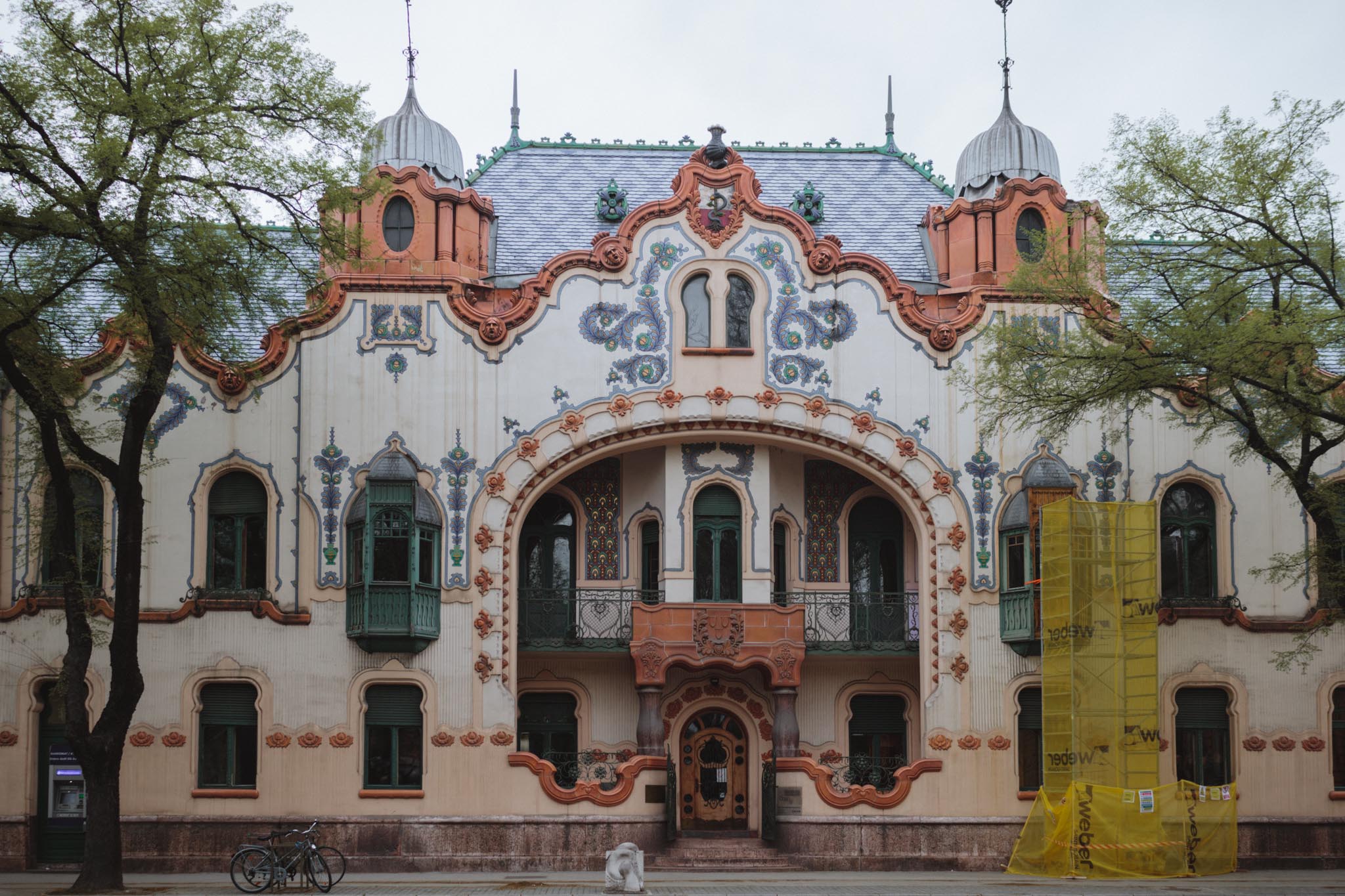

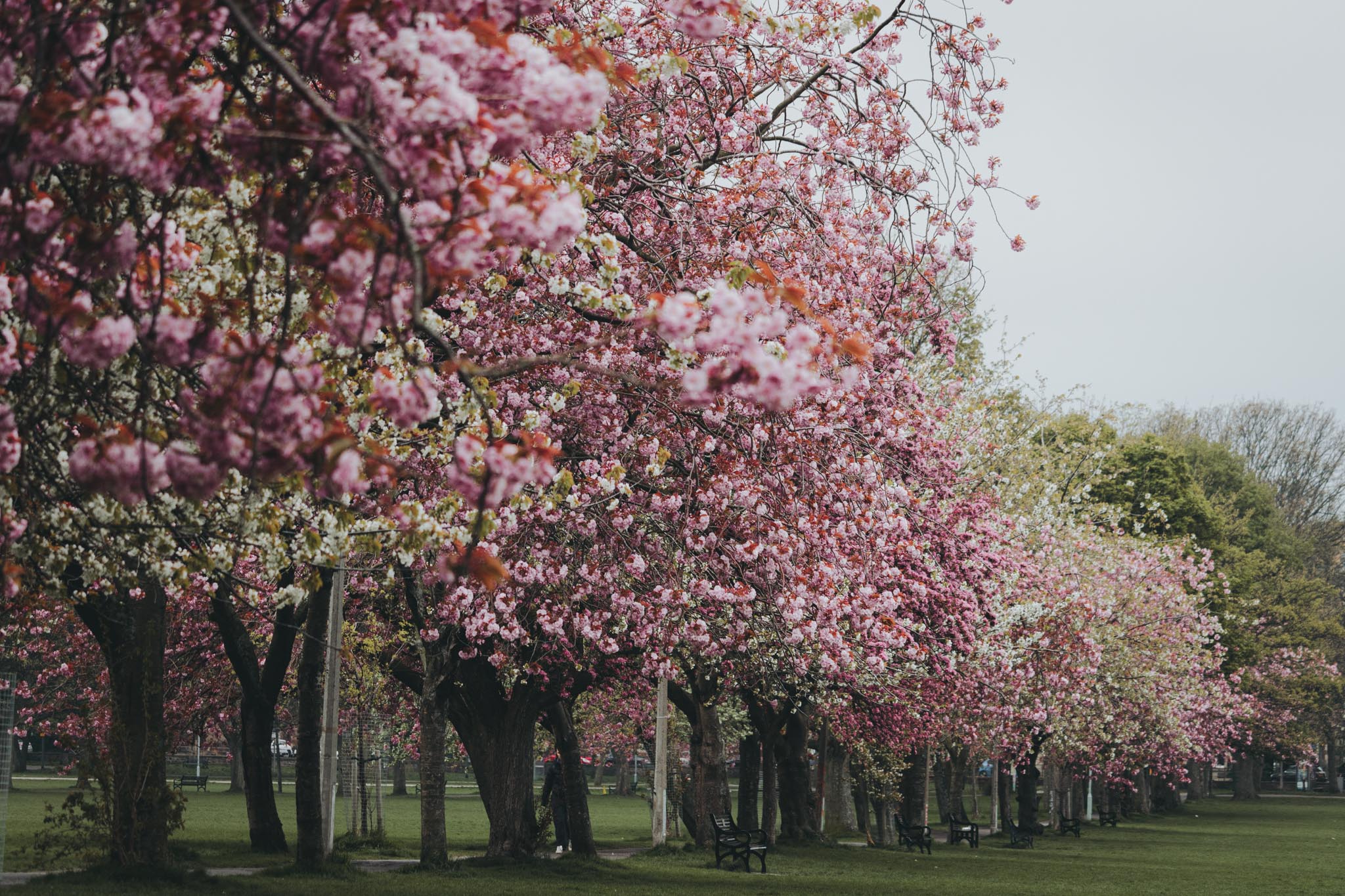
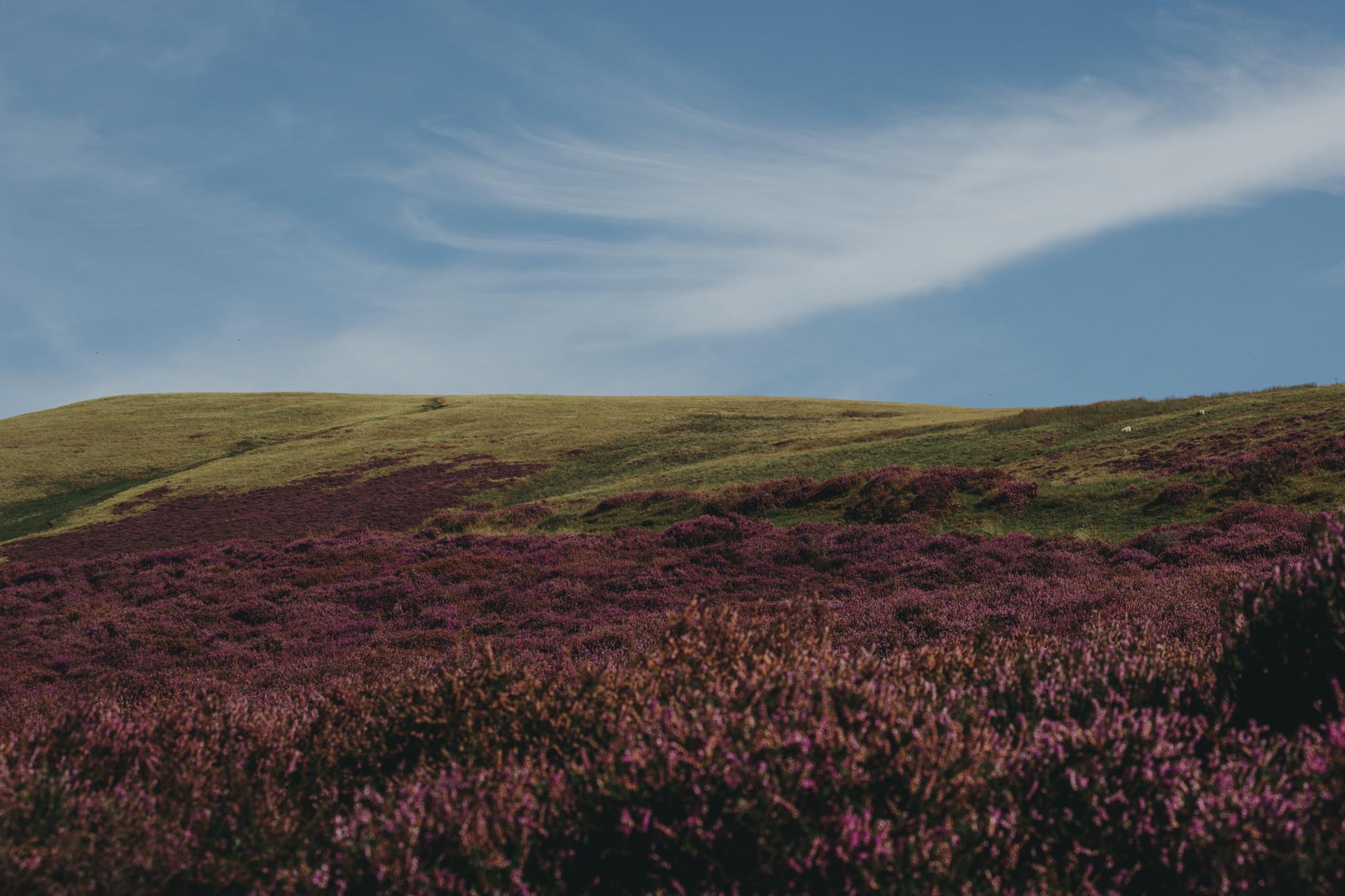
Leave a Reply